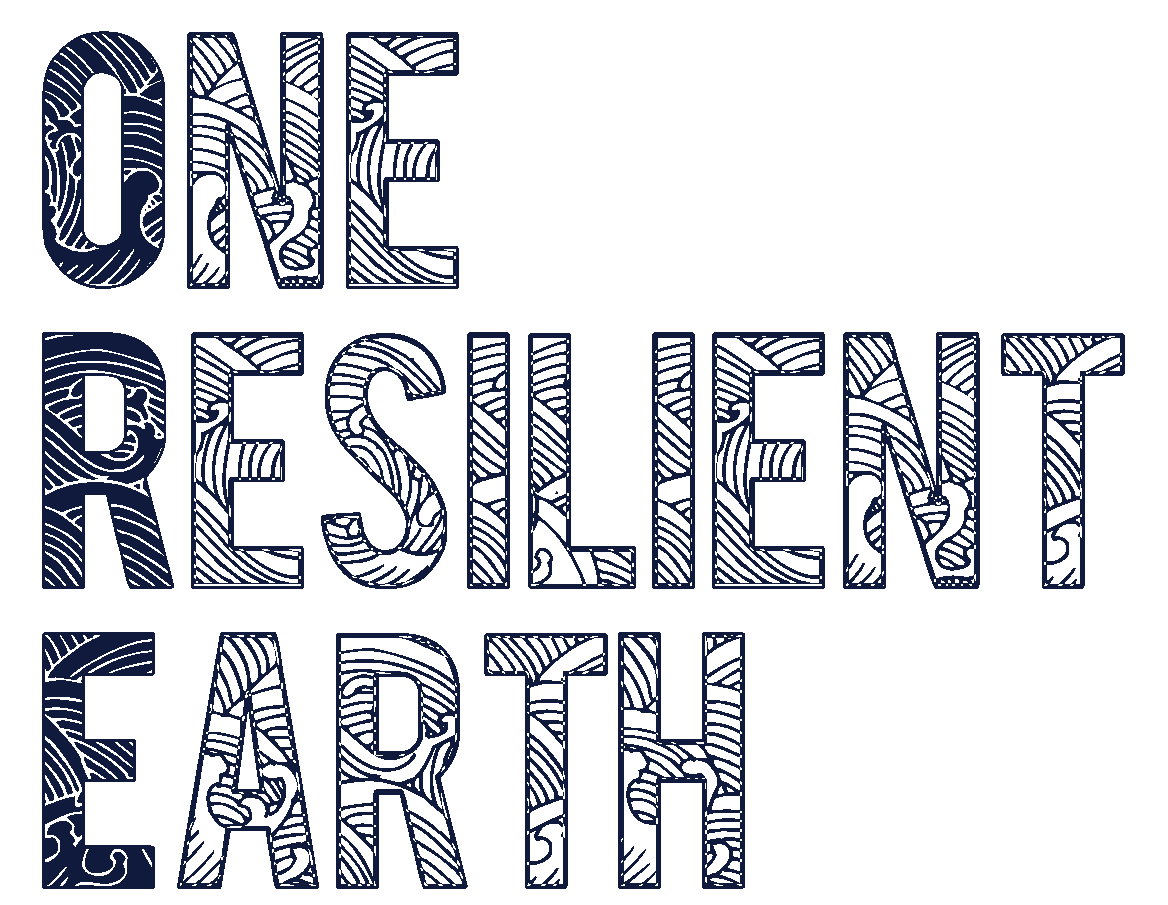The Open Mind Series is a selection of interviews with artists, designers and other ‘creators’ from around the world giving us an insight into how they see the world now and tomorrow. No qualifications required. No taboo. No right or wrong. Just openness. And artworks.
How do you imagine the world in 20 years?

Any speculation about the future has a shelf-life measurable in hardly more than minutes these days, but that’s also the beauty of it, I imagine the world in 20 years time to be more or less familiar, but with more change and the articulation of potential for change. The individual developing and (re)gaining their sense of agency to engage with new ways of seeing our inherently entangled state with our world of nature and kin will hopefully be an important
part of the decades to come, it’s certainly crucial to the generations yet to come.
How do you imagine the world in 1000 years?
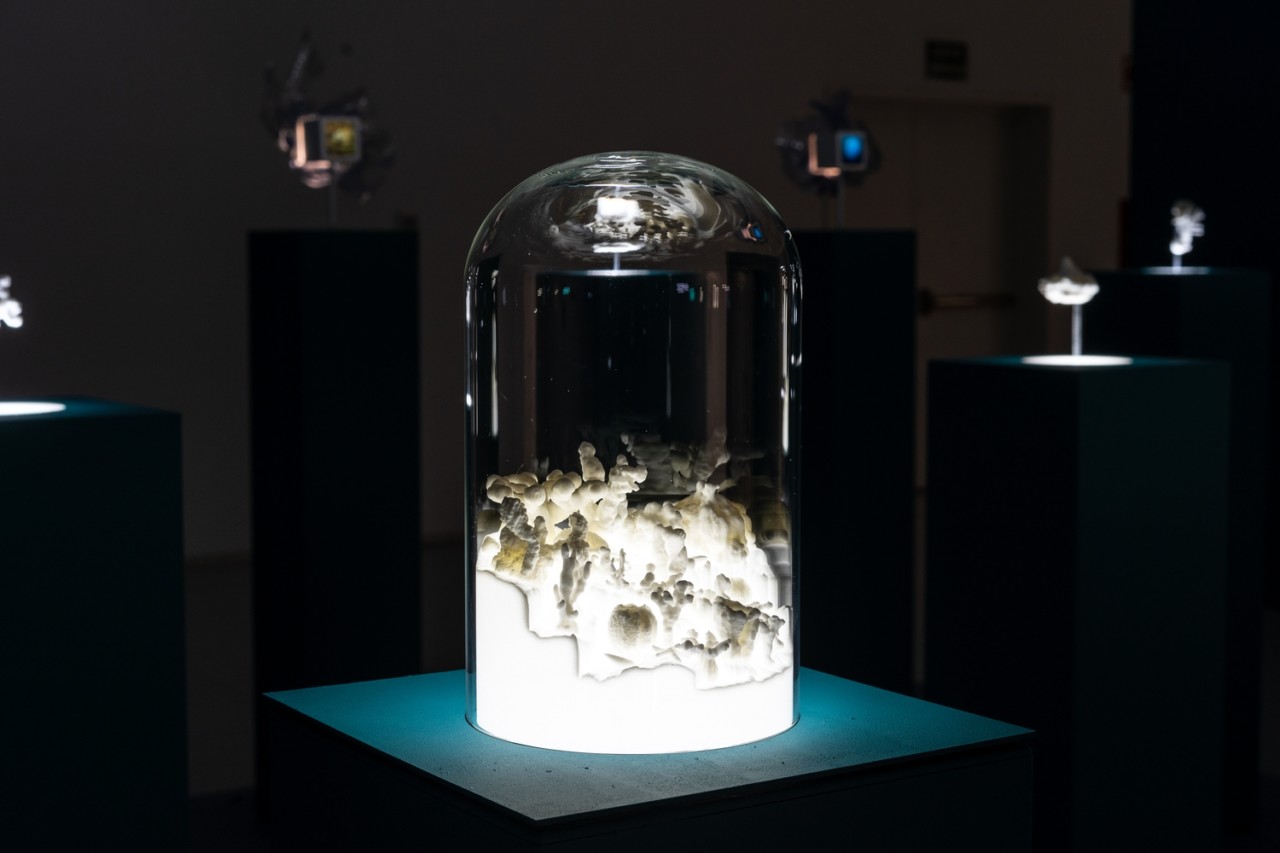
It’s hard to say what earth will be like in a thousand years time, but in my opinion the best world we can imagine is one overflowing with life, be it physical, digital, more-than-human, small or large, familiar or alien. Whatever it might be, I imagine it will be more than beautiful, just as the world ultimately is even today.
What is the plant, animal or object that most inspires you and how?
I always seem to return to trees, especially oaks. They have such fascinating lives at scales entirely different from our own, living at least for centuries, if not thousands of years when given the chance. Where I grew up there’s a thousand year old oak that’s become entwined with the local folklore, to the point where there used to be regular offerings of food and drink made to appease the spirit said to reside there. That it’s at once a living subject of ancient folklore as well as a very much alive & growing tree make it an inspiring embodiment of the more-than-human to me: within the (now slowly hollow) body of the oak grow stories, new branches & leaves as small and large life-forms make it their home, it exists simultaneously as many for many and can/will for lifetimes to come. They are entirely entangled with the world. Also, as a sort of footnote, oak galls are absolutely fascinating, such incredible, fleeting structures in the interaction between species that sprout such a rich diversity of shapes.
What is the emotion that drives you in your work?
Weirdly, I think it’s that giddy joy that comes from experiencing ones own fluidity. As part of my practice its trying to track the right paths of thought and interaction that lead to seeing/experiencing something new or different in my entanglement with the world. By changing our worldviews we can see potential where we previously could see none, see value in what we took for granted and find both energy and hope to create positive change as individuals. The days where working with nature leave me with a new perspective and different are the best of days as an artist.
What does community mean to you personally?
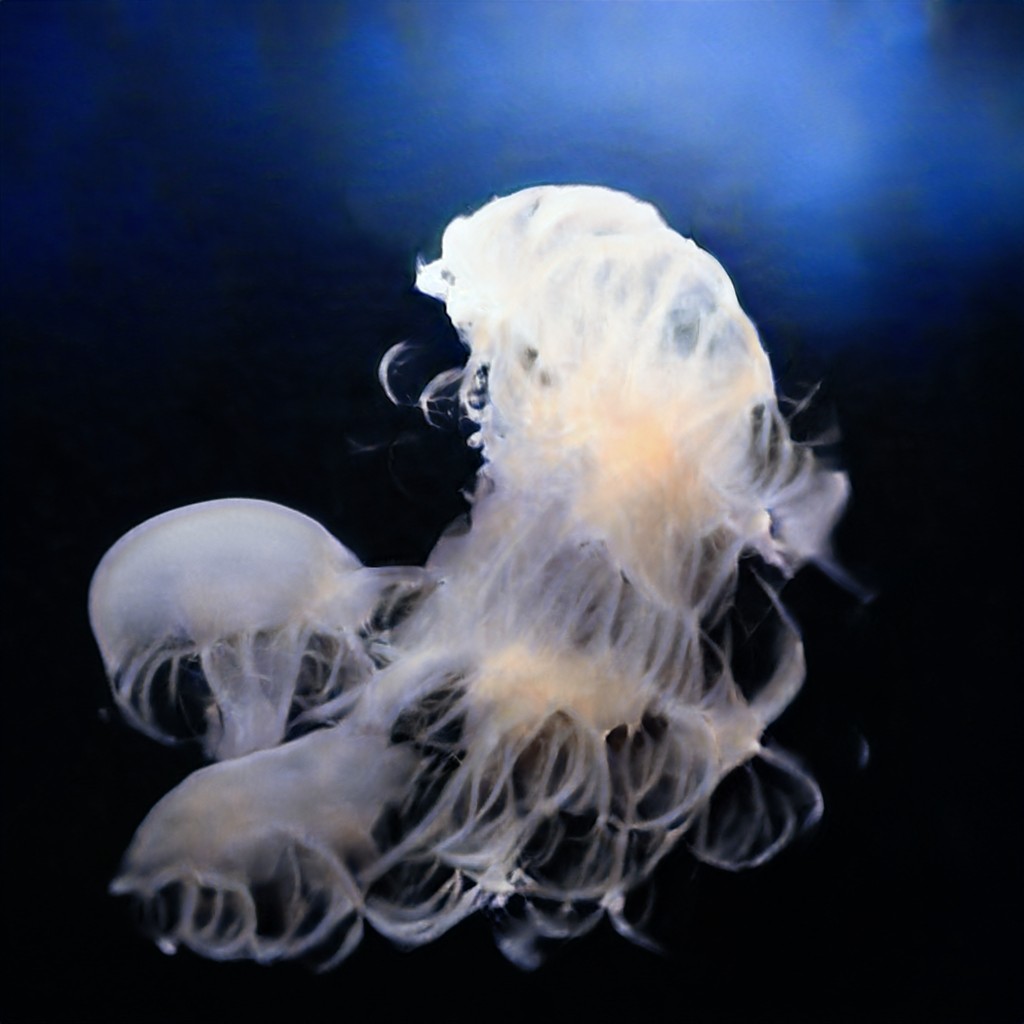
To me community is our human re-enactment of the forest, together we intertwine and grow together, creating our own micro-climates and connections that can nurture and support each-other as well as create space for a rich ecosystem of others to find their place within. This is especially true in our evermore digital world, where it has become evident that our communities, be they copses or forests, all are part of larger systems both human and more-than-human.
How do you connect with the Earth today?
For me it’s being in the forest, quietly. Tread softly, sit still and slowly an awareness grows of all the myriad forms life in motion around you. I love that sense of calm and peace that paradoxically comes from being in a frenetic cacophony/symphony that is below your feet, in the air around you and inside all you can see as far as the eye can peer through the undergrowth. There’s very much a recharging, quiet joy in those moments that helps me regain a
sense of purpose and meaning.
What is your dream for the arts world?
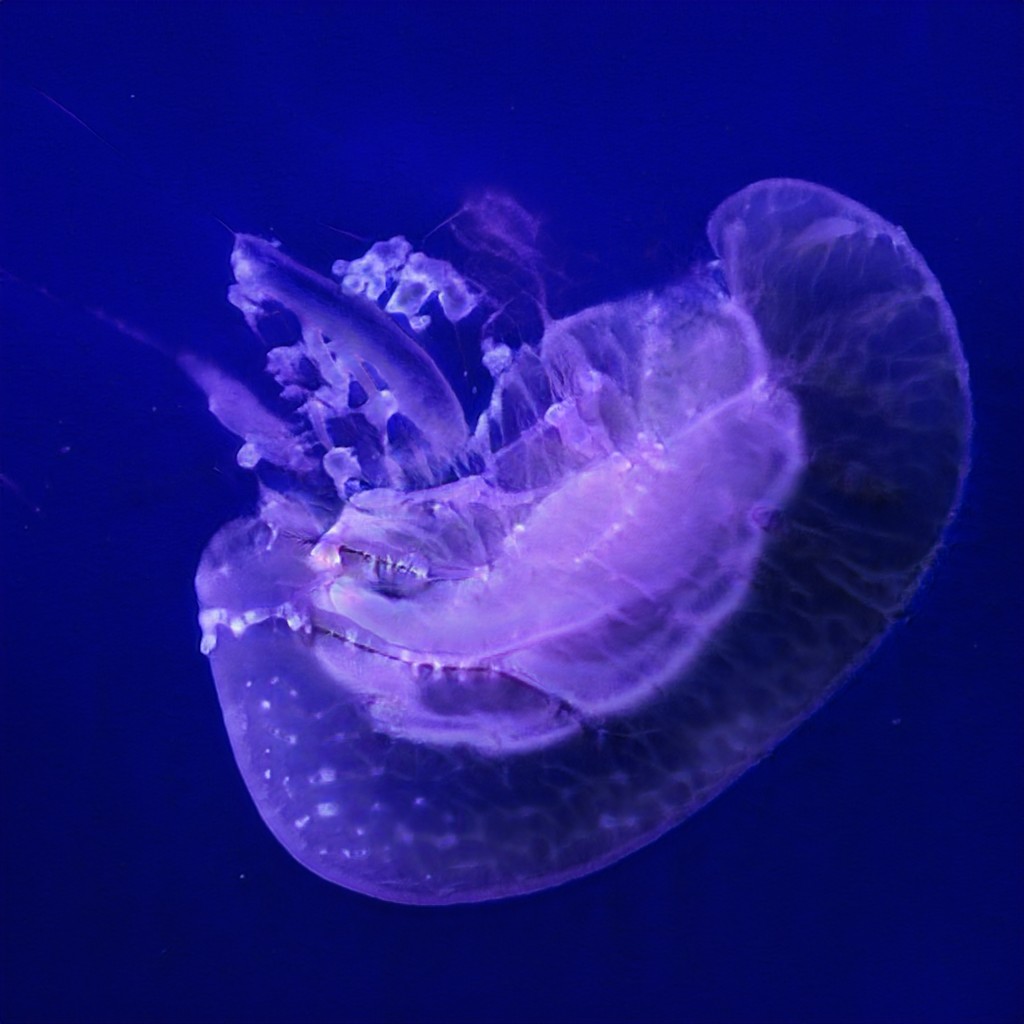
I dream of the arts world consciously embracing its power for exploring different ways of seeing and framing ourselves, our experienced world and the value we bestow others. Not in any one particular way, but in a countless myriad of ways that embrace and nurture diversity and empathy. I think, especially in the face of great ecological challenges and crisis, that we must resist the temptation to seek out a single “silver bullet”, but rather
acknowledge that any “solution” to a wicked problem must be the messy, entangled efforts of all of us.
What’s the best thing on earth?
I’d be lying if I didn’t say my mind jumped straight to that first cup of coffee on quiet mornings, but, frivolity aside, it’s reading. To me, to read is to practice both imagination and empathy, to immerse oneself in something else and for a while try on other world and experiences.
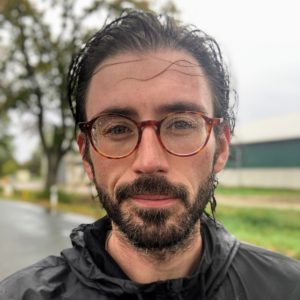
Feileacan McCormick is a berlin-based generative artist, researcher & former architect, and the founder of Entangled Others Studio. His practice focuses on ecology, nature & generative arts, with a focus on giving non-human new forms of presence & life in the digital space.
Website: https://entangledothers.studio/
Instagram: @entangledothers
